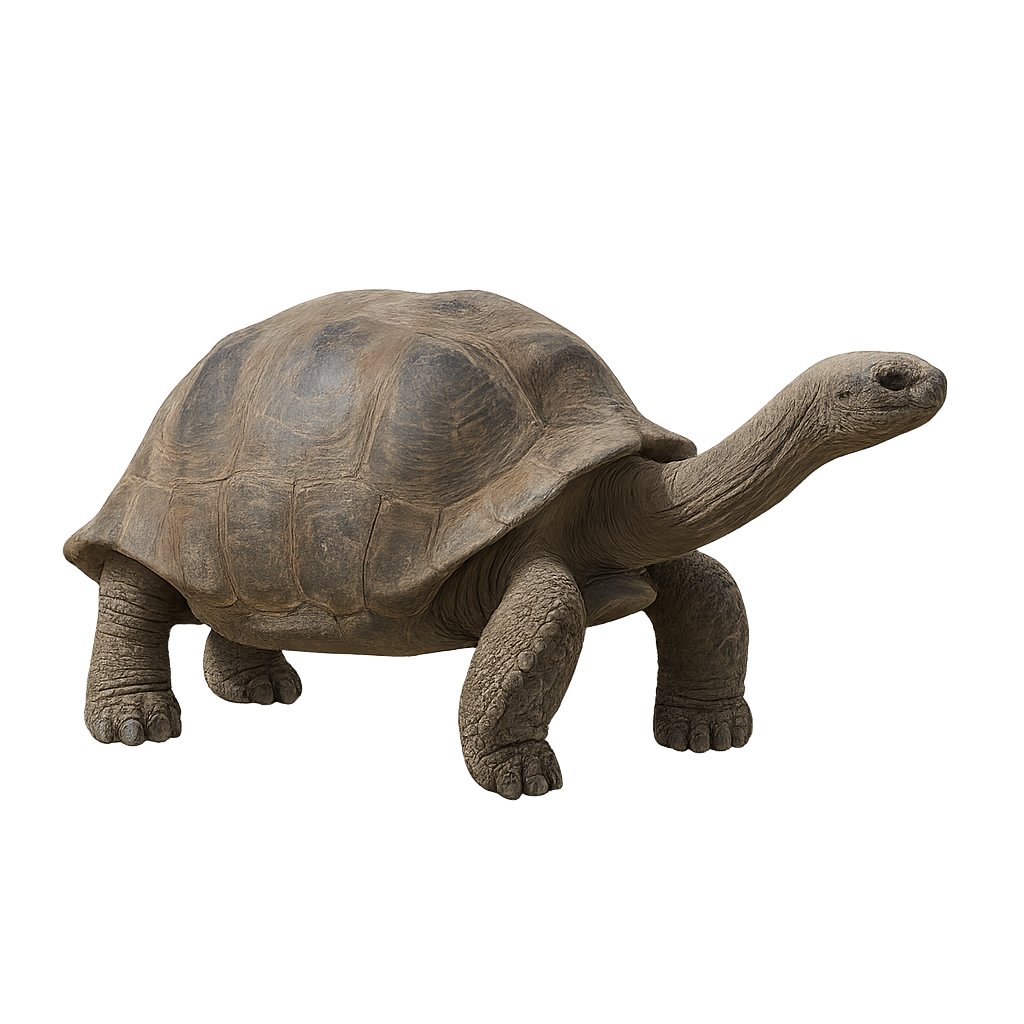Your wildlife photography guide.
Explore the aldabra giant tortoise in detail, study its behavior, prepare your shots.
Where to observe and photograph the aldabra giant tortoise in the wild
Learn where and when to spot the aldabra giant tortoise in the wild, how to identify the species based on distinctive features, and what natural environments it inhabits. The WildlifePhotographer app offers tailored photography tips that reflect the aldabra giant tortoise’s behavior, helping you capture better wildlife images. Explore the full species profile for key information including description, habitat, active periods, and approach techniques.
Aldabra giant tortoise
Scientific name: Aldabrachelys gigantea

IUCN Status: Vulnerable
Family: TESTUDINIDAE
Group: Reptiles
Sensitivity to human approach: Not very shy
Minimum approach distance: 5 m
Reproduction period: February to April
Incubation: 110–250 jours
Births: February to April
Habitat:
dry forests, savannas, grasslands
Activity period :
Active during the day when temperatures are favorable, often seen basking in the sun.
Identification and description:
The Aldabra giant tortoise, scientifically known as Aldabrachelys gigantea, is one of the largest land tortoises in the world. Native to the Aldabra Atoll in the Seychelles, it can weigh up to 250 kg and measure over a meter in length. Its domed shell and sturdy legs allow it to move slowly but steadily across its island habitat. As a herbivore, it primarily feeds on grasses, leaves, and fruits. This tortoise is a symbol of longevity, often living over 100 years. Although protected, it remains vulnerable to threats such as habitat loss and climate change.
Recommended lens:
400 mm – adjust based on distance, desired framing (portrait or habitat), and approach conditions.
Photography tips:
To photograph the Aldabra giant tortoise, it is advisable to use a telephoto lens of at least 400mm to capture details without disturbing the animal. The natural light of the morning or afternoon is ideal to highlight the textures of its shell. Approach slowly and maintain a safe distance of 5 meters to avoid startling it. Opt for low angles to give an impressive perspective to your shots.
The WildlifePhotographer App is coming soon!
Be the first to explore the best nature spots, track rutting seasons, log your observations, and observe more wildlife.
Already 1 430 wildlife lovers subscribed worldwide

